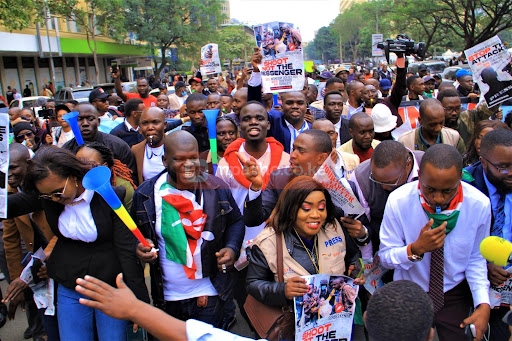There is now a universal consensus that migration is a fundamental right of every human being and those in need must be helped.
Sweden seems to have a far higher proportion of Somali immigrants than other country where Somalia diaspora live. Somalis are in different spheres of work there, in low-level, middle and high-level positions as well as businesses. Their is also significant in universities.
During my short stay in the country, I felt more at home whenever the bus I took was driven by a Somali. Whenever I was confused in the big airports in Scandinavia while on transit, I would prefer to look for a Somali worker to ask for directions.
On the streets, I would spot a Somali to ask for directions, and in fact we would have a good laugh when we’d find out we were neighbours. Indeed, the few Somalis I encountered there ended up being of great help.
But how is the situation in Kenya in terms of our perception of Somali immigrants?
Research on how immigrants are perceived as threats by locals has flourished extensively within the past decades. A realistic threat refers to the perception that immigrants are a threat to the very existence of the local people; to their physical and material well-being and to their political and economic power.
Locals often perceive immigrants as a realistic threat because they believe they must compete with the immigrants for scarce resources such as jobs, land and housing, just to name a few.
So could our perception of Somali immigrants be driven by the fact that we are still struggling with governance issues and having a relatively low economic level of industrial production thus unemployment, among other ills facing us?
Overall, locals seem to believe immigrants are more of a threat than a benefit to most societies they move to.
Is it just all perception?
Perception is the process of how we select, organise and interpret situations, objects or events. How are our past experiences with immigrants? How we look at a situation is also largely influenced by our culture and beliefs. It may be positive or negative according to different cultures. Attitude largely influences our perception and if you have a negative attitude towards something, you will see it of no importance.
Present feeling — how you feel at a particular time — will influence your perception. For instance, you may be angry when making a judgement about something. There are also habits — our behaviours — which also influence perception. How an educated person views something is different from that of uneducated individual.
So, eventually, we as hosts need to answer the diversity dividend question: Does a diverse and inclusive society produce a better workforce and eventually better leadership, citizens and thus region?
How do we change perceptions?
We need to make information from migrants equally useful to us and let this information elicit some positive emotion — happiness, cultural awareness and business ideas. We can let the information be of interest to us and finally let it n connect to our basic needs such as food, shelter and financial security.
Kenya is the go-to country for some Somali citizens in Scandinavia, those who want to tour, or invest and even those who want to raise their children in a place that feels more like home after being away for a long time.
I was shocked when one was so happy to meet me and mentioned that he would prefer to work remotely for a company in Sweden as he has heard so many good things about us.
Vera is a part time lecturer and a communications researcher











